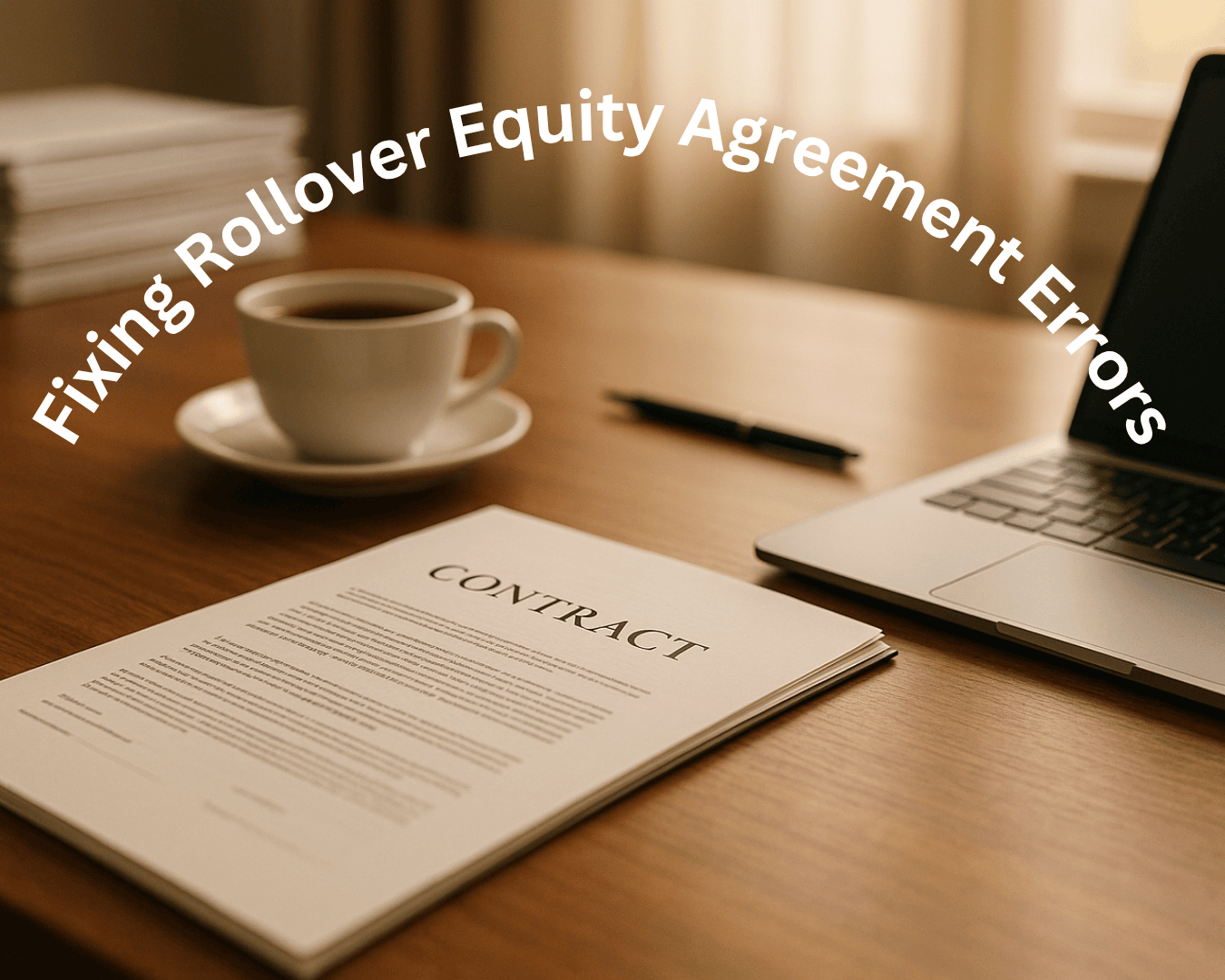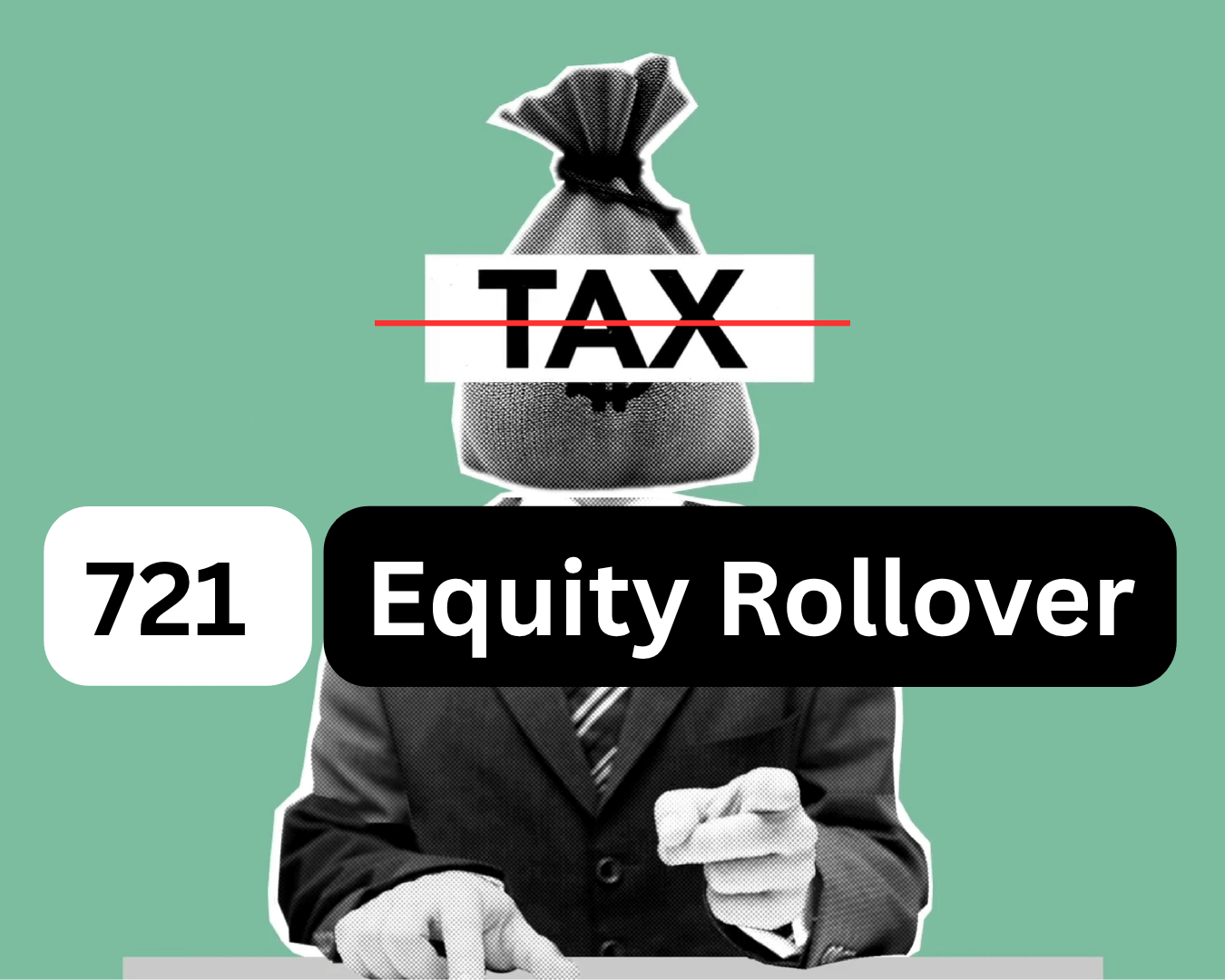When deciding how to finance a business acquisition, the choice between debt and equity is critical. Each option has unique trade-offs that impact ownership, financial commitments, and long-term outcomes. Here's a quick breakdown:
- Debt Financing: Borrow money, retain full ownership, and benefit from tax-deductible interest. However, you'll face fixed repayments, which can strain cash flow during tough times.
- Equity Financing: Sell a share of ownership in exchange for capital. This reduces financial pressure since there are no repayment obligations, but you'll share profits and decision-making power with investors.
For many, a mix of both - like mezzanine financing - offers a balanced approach, combining the control of debt with the flexibility of equity. Your decision should align with your goals, risk tolerance, and the financial health of the target business.
Key Comparison Table:
| Criteria | Debt Financing | Equity Financing |
|---|---|---|
| Ownership Control | Retain 100% ownership | Share ownership with investors |
| Payments | Fixed repayments required | No mandatory payments |
| Tax Benefits | Interest is tax-deductible | No tax benefits |
| Cost of Capital | Lower overall cost | Higher long-term cost |
| Financial Risk | Personal/business liability | Risk shared with investors |
| Decision Making | Full autonomy | Requires partner approval |
| Exit Strategy | Keep all proceeds post-debt | Share proceeds based on ownership |
| Flexibility | Limited by repayments | More financial flexibility |
To decide, consider your cash flow, control preferences, and growth plans. Debt works well for stable businesses with predictable income, while equity suits ventures needing flexibility and investor expertise. A hybrid approach can often provide the best of both worlds.
How To Get Unlimited Funding To Buy A Business In The Next 180 Days
1. Debt Financing
Debt financing means borrowing money to fund your business purchase, with the agreement to repay the principal amount along with interest over a specified period. This method allows you to use external funds while keeping full ownership of the business you acquire.
Cost of Capital
One of the key advantages of debt financing is its cost-effectiveness compared to equity financing, largely because the interest payments are tax-deductible. As Anna Tesoro, Junior Associate at MergersCorp M&A International, puts it:
"There are tax advantages associated with issuing debt, thanks to the tax-deductible interest payments on offer."
However, keep in mind that there may be limits on how much interest you can deduct. These tax benefits help reduce the overall cost of capital, improving your returns. This financial efficiency pairs well with debt financing's ability to let you maintain full control over the business.
Ownership and Control
A major perk of debt financing is that you retain full ownership and decision-making power. Unlike equity financing, you don’t need to share profits or consult with investors before making strategic moves. As Private Equity Bro notes:
"Companies pursuing debt financing retain full ownership and decision-making authority, while also benefiting from interest-related tax deductions."
This ownership advantage also plays a significant role when it’s time to sell the business. After paying off any remaining debt, you keep 100% of the sale proceeds, rather than splitting them with equity partners. This ability to retain control and capture the full value of your efforts can lead to stronger financial outcomes.
Flexibility and Risk
While debt financing allows you to maintain full ownership, it does come with fixed repayment obligations, no matter how well - or poorly - the business performs. This means your business must consistently generate enough cash flow to cover these payments, which can be tough during slow periods. Additionally, taking on too much debt can hurt your credit rating and limit your ability to secure additional funding for future growth or operational needs. Before committing to a debt level, it’s crucial to evaluate the stability of the target business’s cash flow to ensure it can handle these financial responsibilities.
2. Equity Financing
Equity financing involves bringing in investors who contribute capital in exchange for a share of ownership. Unlike debt financing, which lets you retain full ownership but requires fixed repayments, equity financing shares both the risks and rewards of the business with your investors. This means you'll gain partners who have a stake in your success - and a say in how the business is run.
Cost of Capital
One major downside of equity financing is its higher cost. Unlike debt, which comes with tax-deductible interest payments, equity financing lacks these tax benefits. Investors expect higher returns to compensate for the increased risk they take on, especially since they don't have the legal protections that lenders enjoy. Over time, this makes equity financing more expensive than debt, as you're essentially paying the full price for the capital you raise.
Ownership and Control
The biggest trade-off here is giving up a portion of ownership and control. When you bring in equity investors, you're not just sharing profits - you’re also sharing decision-making power. Strategic choices, operational changes, and long-term plans often require input or approval from your partners.
This shared control can slow things down, especially when you need consensus for major decisions. Plus, when it’s time to sell the business, the proceeds are divided based on ownership stakes, meaning you won’t walk away with all the profits after settling debts. These factors can significantly impact how you steer your business.
Flexibility and Risk
One advantage of equity financing is the financial flexibility it provides. Without fixed repayment schedules, you’re not under pressure to make monthly payments, which can be a lifesaver if the business hits a rough patch. This flexibility can ease cash flow concerns and allow you to focus on stabilizing or growing the business during challenging times.
But this comes at a cost: permanent dilution of ownership. Unlike debt, which you can eventually pay off, equity investors remain part of your business indefinitely. This means sharing profits for the long haul and potentially navigating disagreements over business strategy. Balancing the benefits of financial flexibility with the reality of reduced ownership requires careful thought about your long-term vision and tolerance for sharing control.
sbb-itb-a3ef7c1
Advantages and Disadvantages
Let’s break down the key differences between debt and equity financing to help you weigh your options and find the right strategy for your business.
Debt financing lets you maintain full ownership of your business while benefiting from tax-deductible interest. This means you get to keep all the profits and make quick decisions without needing approval from outside partners. However, debt comes with a catch - fixed monthly payments. These payments are required no matter how your business is performing, which can create financial strain, especially during the early stages.
On the other hand, equity financing provides flexibility since there are no mandatory monthly payments. This can be a lifesaver when you’re navigating challenges or focusing on growth. Plus, equity partners often bring more than just money - they offer expertise, connections, and resources that can help your business thrive. The downside? You’ll give up a share of ownership, which means sharing profits indefinitely and needing partner approval for major decisions. This can slow down your ability to act quickly on new opportunities.
The cost structure between these two options also varies significantly. Debt financing offers tax advantages through deductible interest, making it a more cost-effective option in many cases. Equity financing, however, tends to be more expensive in the long run since investors expect higher returns to account for the risks they’re taking.
Here’s a quick comparison of the two:
| Criteria | Debt Financing | Equity Financing |
|---|---|---|
| Ownership Control | Retain 100% ownership | Share ownership with investors |
| Monthly Payments | Fixed payments required | No mandatory payments |
| Tax Benefits | Interest is tax-deductible | No tax benefits |
| Cost of Capital | Lower overall cost | Higher long-term cost |
| Financial Risk | Personal/business liability | Risk is shared with investors |
| Decision Making | Full autonomy | Requires partner approval |
| Exit Strategy | Keep all proceeds post-debt | Share proceeds based on ownership |
| Flexibility | Limited by payment obligations | Greater operational flexibility |
Ultimately, the choice between debt and equity boils down to your risk tolerance, cash flow capacity, and long-term goals. If you’re confident in managing regular payments and value full control, debt financing might be the way to go. But if you’re looking for shared risk and can benefit from the added expertise of investors, equity financing could be the better fit.
For some businesses, a hybrid approach - combining both debt and equity - can strike the right balance. This strategy allows you to reduce overall costs, retain a degree of control, and keep payment obligations manageable.
Conclusion
When deciding between debt and equity financing, your financial situation, risk tolerance, and long-term objectives play a central role. If you have strong cash flow and value retaining full control, debt financing might be the way to go. It allows you to keep 100% ownership, and the interest is tax-deductible. However, this option requires confidence and discipline, as you'll need to meet fixed monthly payments no matter how your business performs.
On the other hand, equity financing offers more flexibility. It eliminates the stress of fixed payments and brings in investor expertise and industry connections. This can be especially helpful when acquiring businesses in unpredictable industries or those requiring substantial operational improvements. Equity financing can provide the support and resources needed to navigate these challenges effectively.
A hybrid approach - combining debt and equity - can strike a balance between cost efficiency and control. For instance, you might structure your deal with 70% SBA financing, 20% from an equity partner, and 10% from your own funds. This setup reduces your personal financial risk while limiting how much equity you need to give up.
The financing structure you choose should align closely with your acquisition goals. If your aim is rapid growth and a potential exit in five to seven years, equity partners can provide the resources and strategic guidance to accelerate your plans. But if you're acquiring a stable business for steady cash flow and long-term wealth, debt financing could allow you to retain more of the financial rewards.
Ultimately, your financing decision will shape not only your day-to-day operations but also your long-term success. Consider both the immediate financial impact and how well the structure aligns with your vision for the business. Whether you choose debt, equity, or a combination of the two, the right approach will support your cash flow, maintain decision-making power, and match your growth ambitions.
FAQs
What should I consider when choosing between debt and equity financing for a business acquisition?
When choosing between debt financing and equity financing for a business acquisition, it’s crucial to weigh factors like your company’s cash flow, risk tolerance, and long-term goals. With debt financing, you maintain full ownership of the business, but you’ll need to ensure your cash flow can handle consistent loan repayments. On the flip side, equity financing involves trading a share of ownership and future profits for capital, which can reduce financial risk but also limits your control over the business.
The best option often depends on the specifics of the deal and your financial situation. If your business has a steady and reliable income stream, debt financing might be more suitable. However, if the acquisition carries higher risks or demands a large upfront investment, equity financing - or a mix of both - could offer greater flexibility. Carefully evaluating the pros and cons will help you align your financing decision with your broader acquisition strategy.
What is a hybrid financing approach, and why might it be a good option for business acquisitions?
A hybrid financing approach blends debt and equity to fund a business acquisition. In simpler terms, it involves using a mix of borrowed money (like loans) and investments from others to structure the deal.
Why choose this method? Here are two standout advantages:
- Flexibility: You can raise the funds you need while still retaining some control over the business.
- Lower Risk: By combining different financing sources, you avoid the pitfalls of relying entirely on either debt or equity.
This approach works especially well for acquiring a business with strong growth potential but limited cash flow at the start. It strikes a balance between financial security and future growth opportunities.
What are the risks of using too much debt to finance a business acquisition?
Relying too much on debt to fund a business acquisition can put significant pressure on your company’s finances. Taking on excessive debt might hurt your credit score, making it more difficult to secure loans in the future or negotiate favorable financing terms. On top of that, higher debt levels often lead to increased borrowing costs, which can eat into your profitability.
Heavy debt can also restrict your company’s ability to invest in new growth opportunities or handle unexpected financial setbacks. Finding the right mix of debt and equity is key to keeping your financial structure stable and setting the stage for long-term success.














.png)
























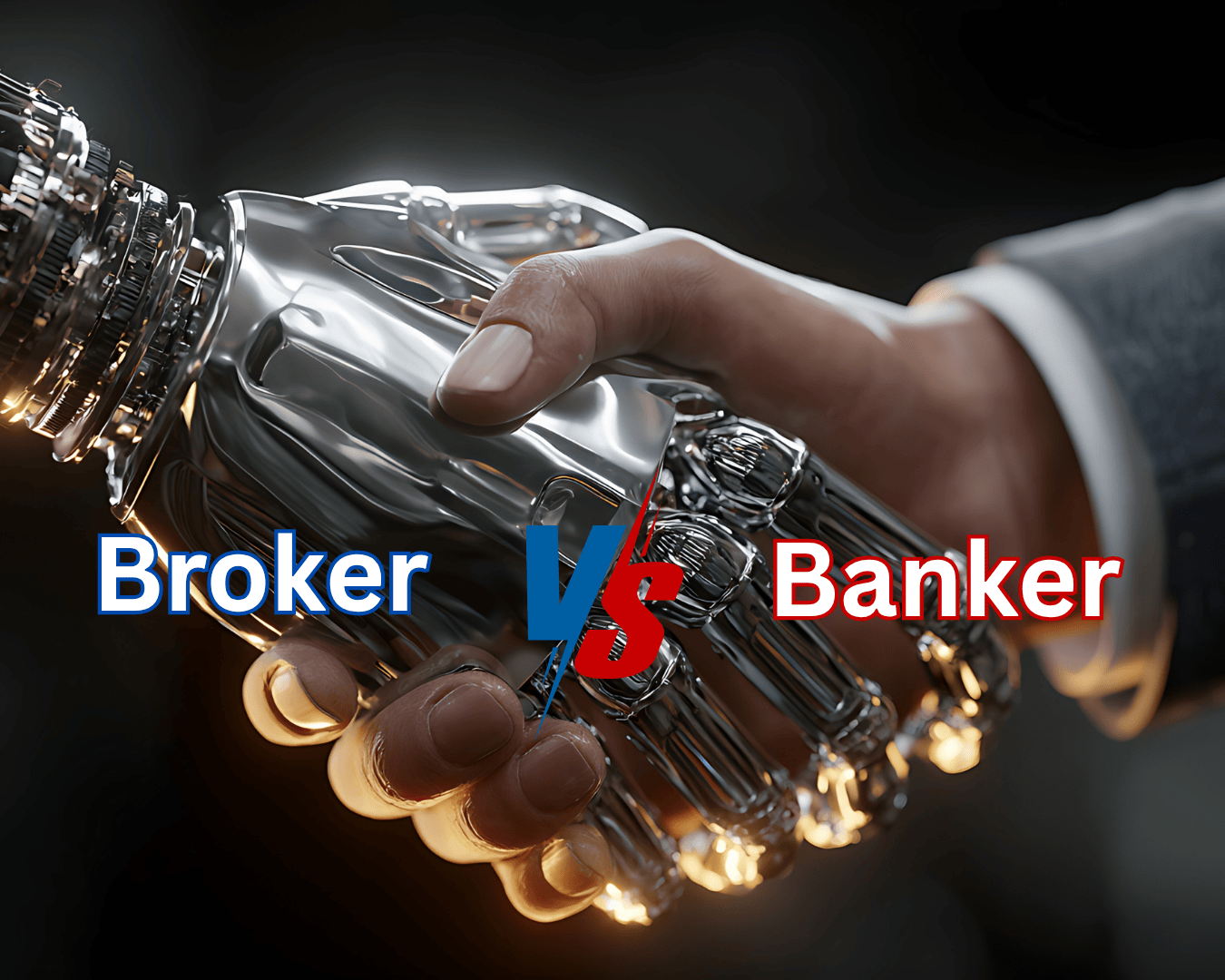




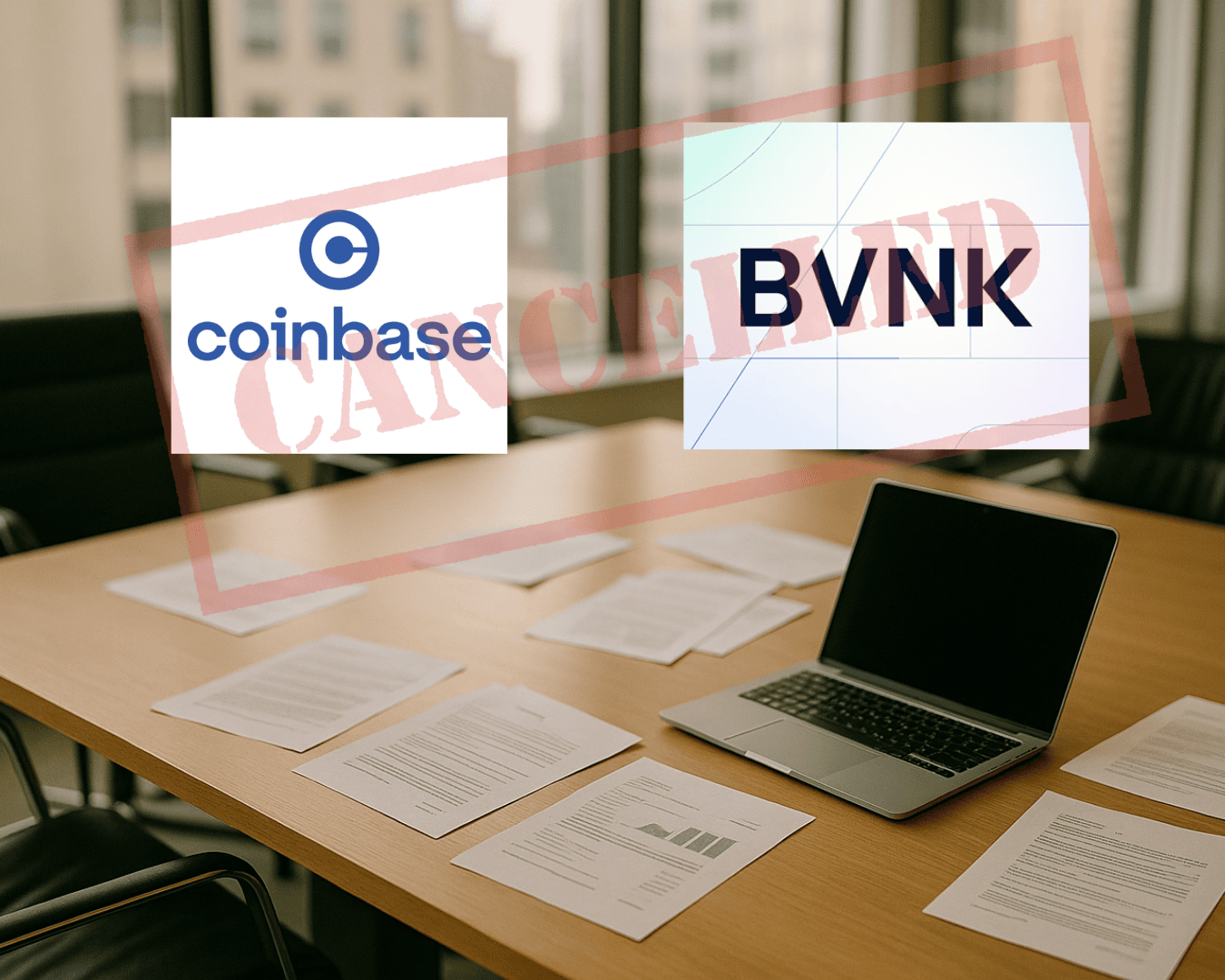









.png)




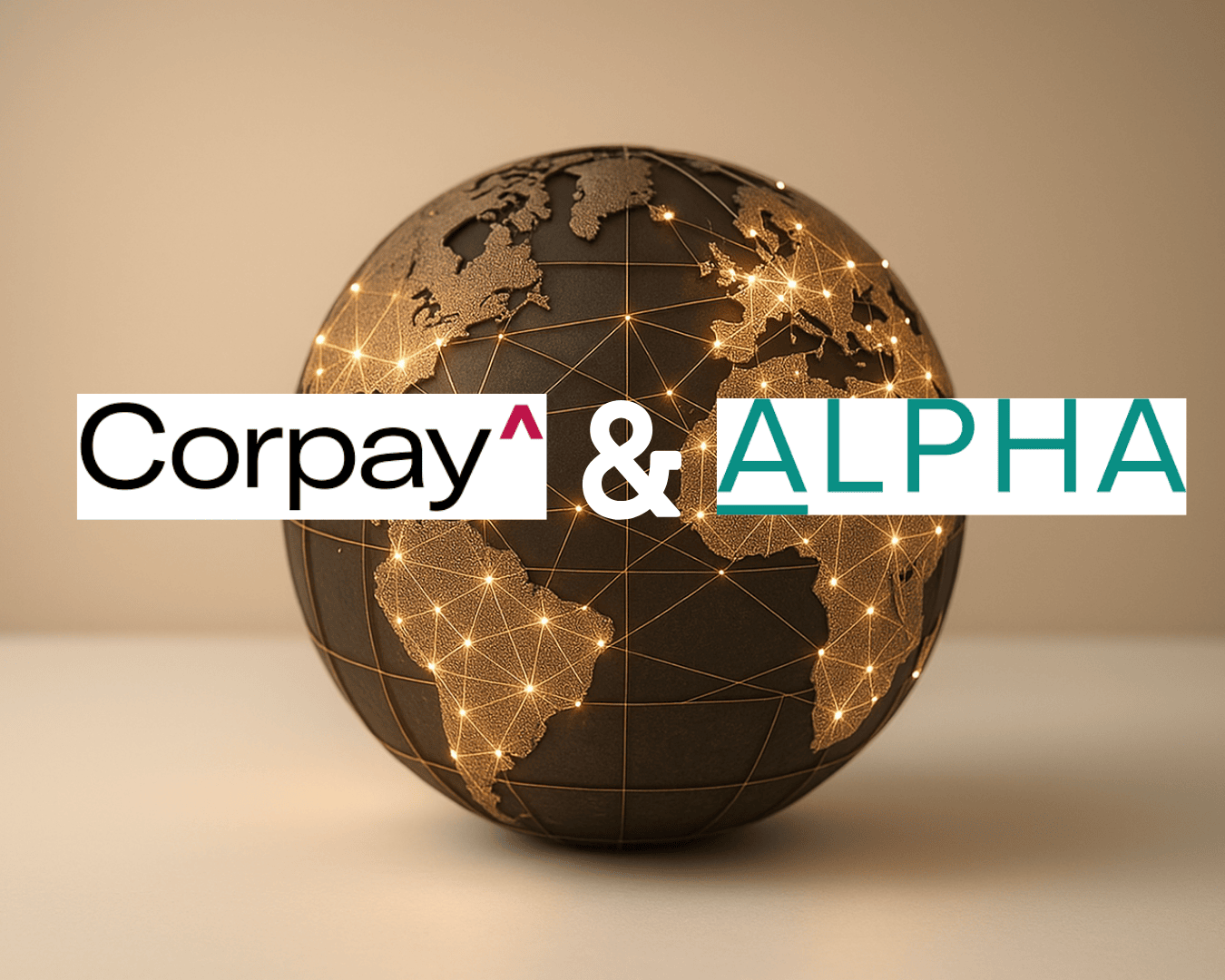

















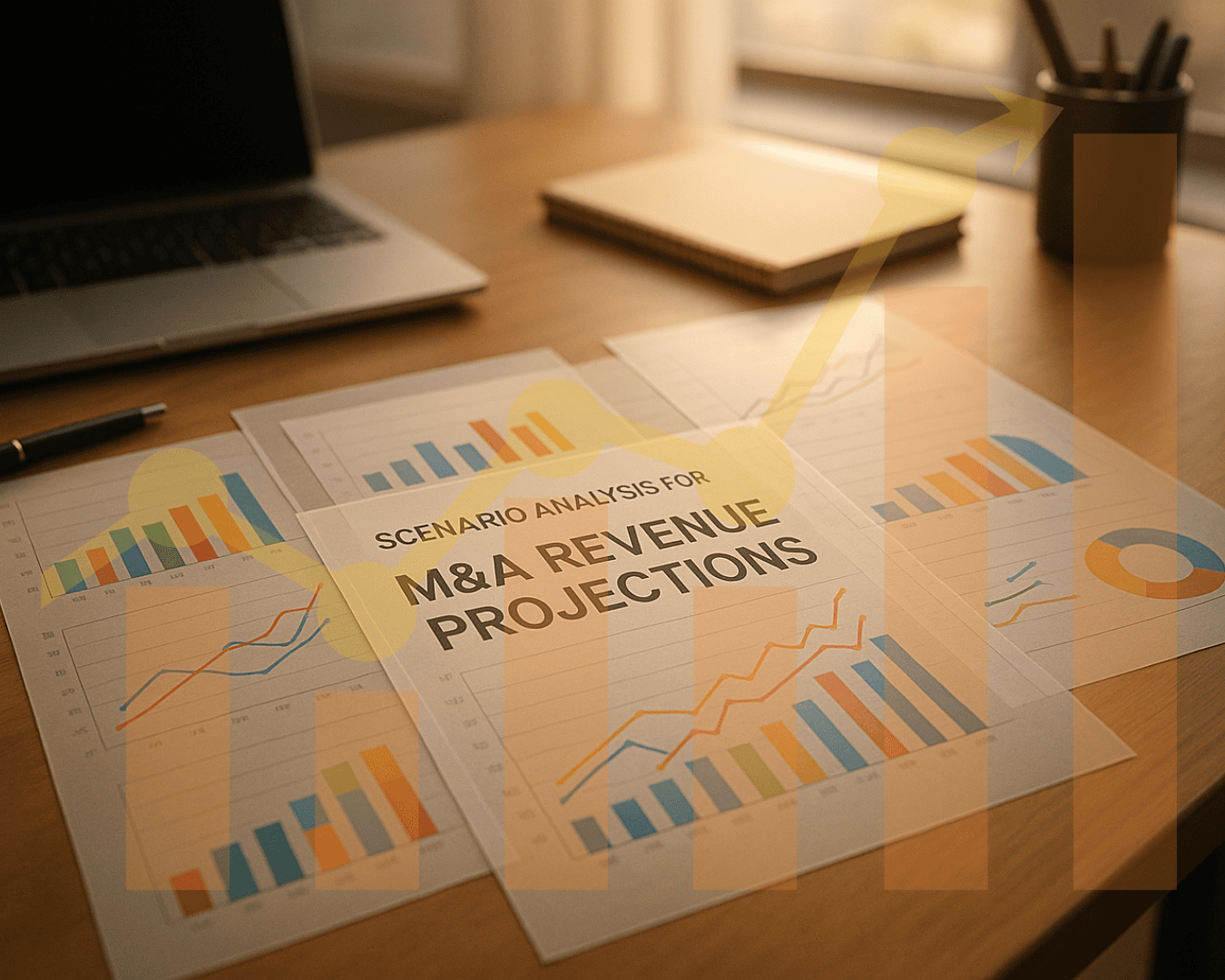





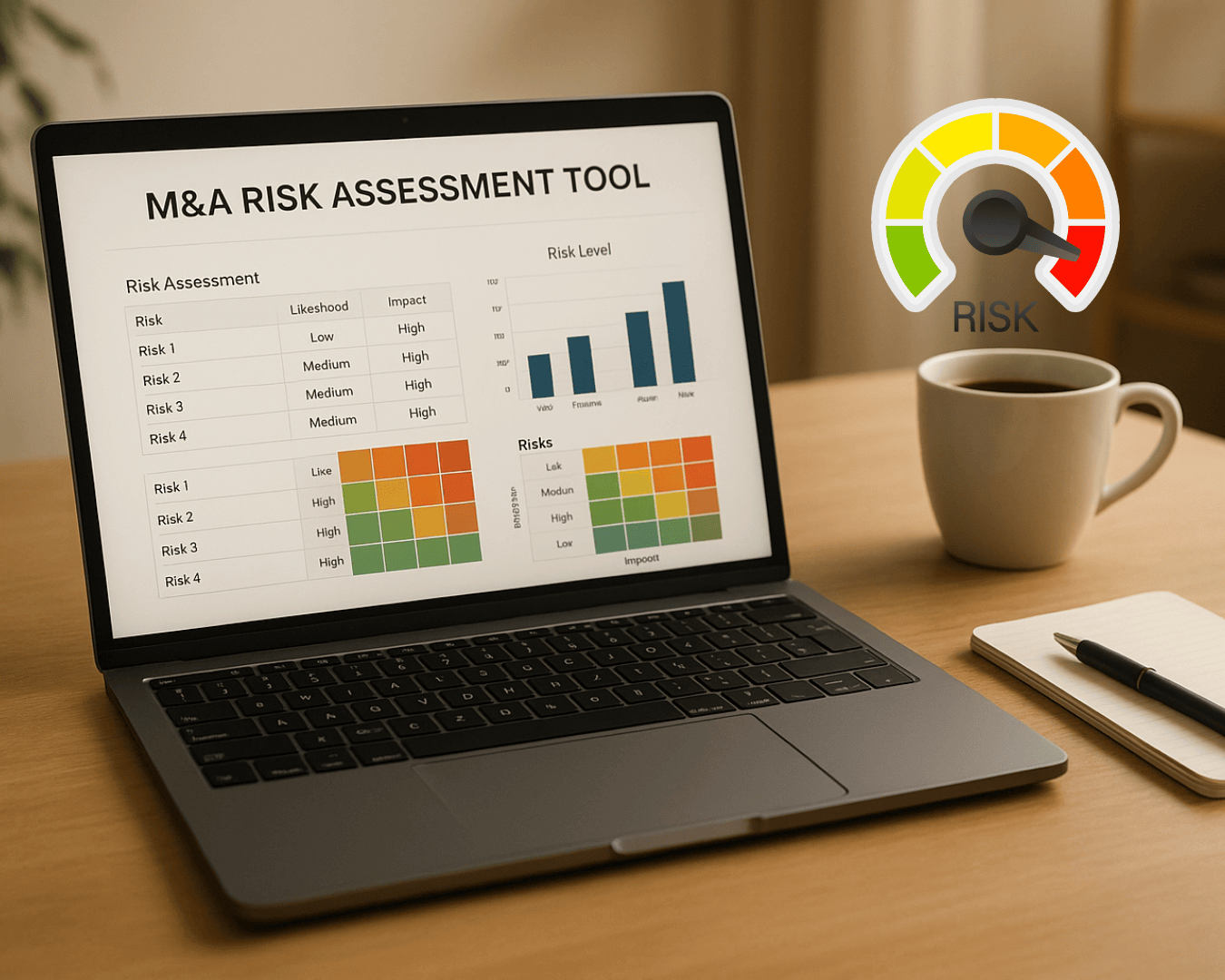


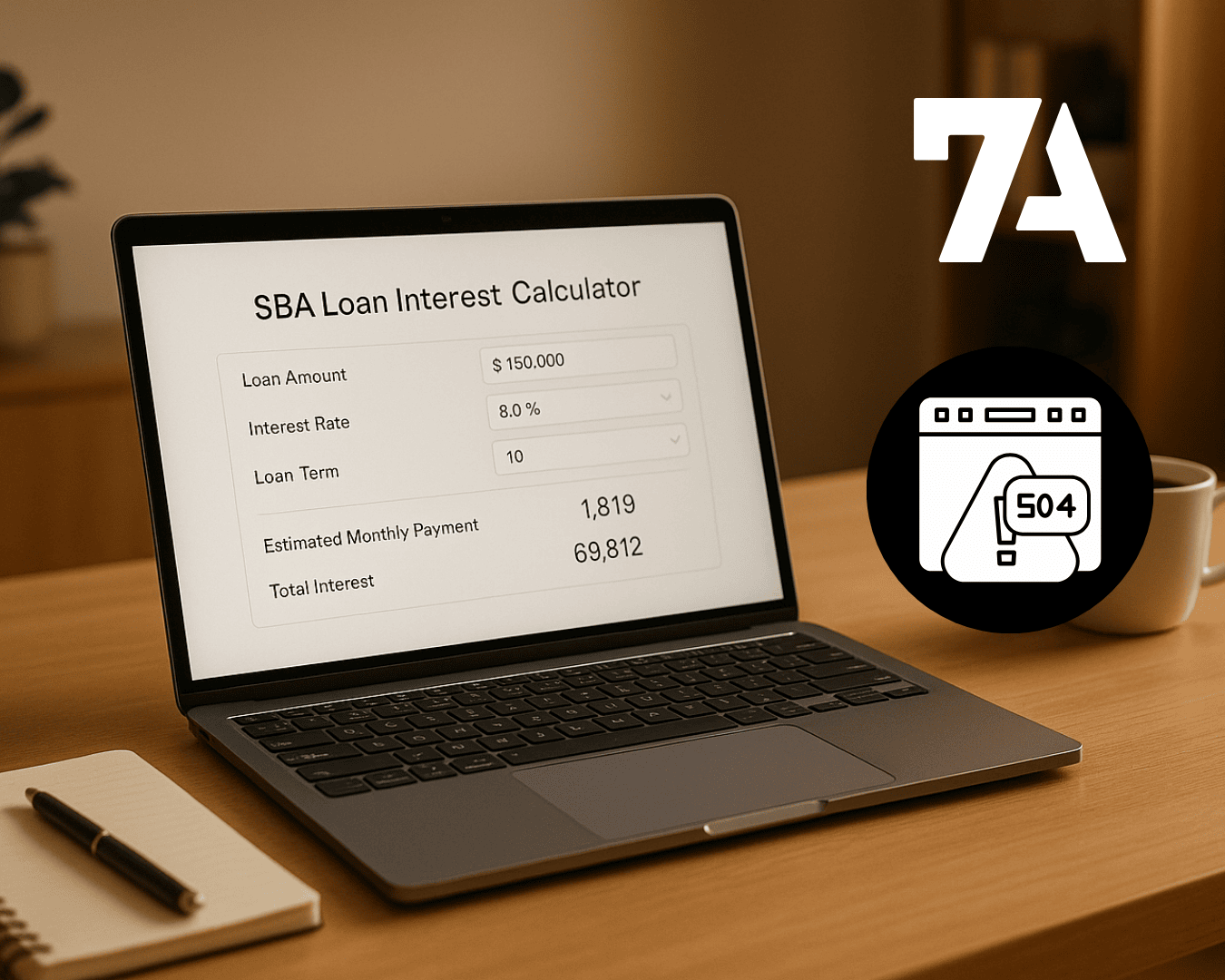








%20Loan%20Application%20Checklist.png)
